 |
| How did the phase of the moon play into it? |
 |
| Light arose, knowledge arose = enlightenment. |
What does it mean that the wandering ascetic Siddhartha Gautama (Siddhattha Gotama), 35, having renounced his palace and kingdom six years earlier, at age 29, had a Great Awakening (maha-bodhi)?
It means that after six years of struggle as a yogi learning the meditative absorptions but following the wrong path of penance through severe austerities (tapas), made a profound breakthrough to the ultimate Truth.
Having nearly died in his strenuous efforts to overcome the mental defilements, blaming the body as if it were the slave's fault that the master was all along the defiled one dragging it along, it occurred to Siddhartha to not be averse to pleasure. So long had this been his custom that it seemed wrong even to delight in the bliss of absorption (the jhanas, samma-samadhi). Realizing that such supersensual pursuits are blameless, not connected to sensuality, and followed by the wise, he pursued them and found what had eluded him for so long.
While his five wandering ascetic companions thought he had softened and given up, he set off on his own with the help of the milkmaid Sujata and her servant. They nursed him back to health, feeding him solid food. This disgusted his companions -- eating over fasting, receiving dana (donations) from the hand of a woman. Was this any way for a recluse, hermit, and wandering spiritual nomad to behave?
 |
| Scythians (Sakas) of Gandhara |
He recalled that age 7 he had spontaneously entered such an absorption at the Spring Festival while his father, the King Suddhodana (a Scythian/Shakyian chieftain in the Saka Land called Kapilavastu or Kapilavatthu), was engaged in the ploughing ceremony.
That absorption was possible because he was left alone under the shade of tree by his nannies, who were more interested in joining the festivities. Left to his own devices, he did what he had always done in past lives -- enjoyed the serenity of samatha meditated. (It's interesting that the words samana, "wandering ascetic," and samatha, "calm meditation," are so much alike since one is primarily engaged in the other).
 |
| This Doctrine is for the wise with eyes to see |
Asking the question, "Why is there suffering (dukkha, disappointment, pain, misery)?" he realized the answer lay in a causal chain of 12 links: Present suffering is due to... list of the 12 causes. The general realization is that ALL things arise from causes: "When this is, that comes to be. When this is not, that does not come to be." So to put it less simply:
- Why is there aging, decay, death (dukkha, loss, woe)?
- It is because there is rebirth. Why is there rebirth?
- It is because there is becoming. Why is there becoming?
- It is because there is clinging. Why is there clinging?
- It is because there is craving (greed, desire). Why is there craving?
- It is because there is feeling (sensation). Why is there feeling?
- It is because there is contact. Why is there contact?
- It is because there is sense (the six sense bases). Why is there sense?
- It is because there is name-and-form. Why is there name-and-form?
- It is because there is consciousness. Why is there consciousness?
- It is because there is volitional formation [karma, fabrication, construction, intention, choices, doing]. Why is there volitional formation?
- It is because there is ignorance (delusion, illusion, unknowing).
Therefore, IF ignorance (avijja) is the problem, what is the solution? The solution is enlightenment (clearly seeing how things really are) because this leads to letting go. Who would be interested in such a trap after seeing the danger, folly, and emptiness inherent in it? This letting go (nekkhamma, abandoning, releasing, relinquishing, internal-renunciation) at such a profoundly foundational level) is why the Truth sets one free. It is not an act of willful doing.
We cannot will ourselves to let go of everything with our heads (intellect) and expect that the heart will really follow suit. Try it. If it were so, any smart person could be free just by study and an intellectual grasp or understanding. It is because once we see Truth as it is (things as they really are), the letting go happens naturally.
EXAMPLE: Imagine being a little boy. You see your older brother holding a fat burger in front of everyone craving it, begging for it, ready to fight each other to get it. You see it, want it, and are ready to beg or fight for it yourself -- you can't help it -- but you're smart. So you reason with him, "Brother, let me have it; you love me, and we're brothers, and you would do anything good to help your brother, as brothers do. So let me have it."
Who wants a [p**p] burger? - "No, Dummy, get out of here!" he says to you, as older brothers like to say. He knows you. He knows you're going to beg and fight and plead like a clingy dummy like all the rest of them. So out of love, he tells you the secret, which he knows there's no possible way you're going to believe just by him telling you. So he simultaneously tells you and shows you: "It's poop in the center, look." What happens to your craving, clinging, and desire right at that instant? It evaporates, shrinks back, is replaced by disgust and letting go (of that desire), completely abandoning it. That wouldn't have happened if he had just TOLD you. But since you saw it yourself, there's no doubt. And you know he loves you and wants the best for you, and he is holding it away from everyone. "What, but, how?" you stutter, but who cares how or why or when? There's only the what. And the what is that it's poop. Where has all your desire gone for it? He has liberated you from the flesh-craving, from that clinging, from that avarice for food of any kind, until your customary delusions and hungers return.
That example is too harsh. So let's change it. Let's say, what he shows you is not directly poop between buns but a microscope slide of what's really in flesh-burger: worms, rot, traces of feces and salmonella, pus, uric acid, sweat, mucus... Now where's your craving, your clinging, your desire? You realize he really does love you and has been telling you all along, but until you saw it with your own eyes, you would've never believed it. You've been eating this cr*p the whole time. That's what flesh is; that's how the sausage (churned burger) is made. *Vomit* You feel love and gratitude for your brother for NOT giving you what you were sure you wanted and begged for and were ready to fight for. You feel love for him because instead he gave you what you didn't know you needed so desperately -- wisdom and compassion. Out of compassion for you, he shared his wisdom by giving you a "clear seeing" of what was really there all along.
SLIDE: Worms poke out of hamburger on lettuce
It is like dropping a feather (or a modern plastic bag) into a fire. It shrinks back, pulls away, retracts by a natural reaction. It does not will to shrink away. It just does. The heart/mind will let go of all conditioned (composite) "things." And there is only one [unconditioned element] that is not a thing and therefore does not have all the faults and attributes of things -- and that is nirvana.
 |
| I was obscured by clouds, then all became clear. |
*The struggle with Mara
Wisdom Quarterly Wikipedia edit
 |
| Astasahasrika Prajnaparamita Mara |
In various legends, visions of beautiful women are said to be Mara's daughters [1]. In Buddhist cosmology, Mara is the personification of Death, rebirth, and sensual desire [2].
Western Buddhist monk Ven. Nyanaponika Thera has described Mara as "the personification of the forces antagonistic to enlightenment" [3].
Mara is Yama the King of the Dead's fearsome persona. And all beings associated with him, darkness and death, become forces of Mara. These forces consist of yakkhas, rakshasas, pisacas, aratis, asuras, and animals [4]. More
Vesak Day | So Sri Lanka
.jpg) |
| Ven. Sanghamitta brings Bodhi tree |
It is a festival of light that dispels the darkness of ignorance and a time to recall his teachings, the Dhamma, of wisdom, compassion, and peace.
This Vesak, let us appreciate humanity and practice peaceful coexistence that will raise us to greater heights.
To good health!
#HappyVesakDay #Vesak2021 #SoSriLanka #VesakFestivalnSriLanka #VisitSriLanka #ExperienceSriLanka #ExploreSriLanka #SriLanka
- Dhr. Seven, Amber Larson, Ananda (Dharma Buddhist Meditation), Wisdom Quarterly


%20wiki.jpeg)























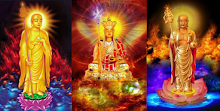



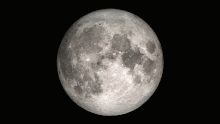















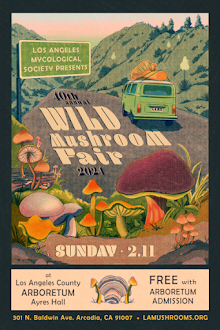

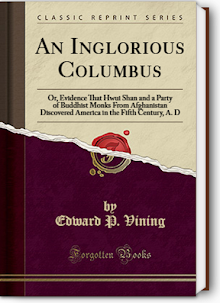



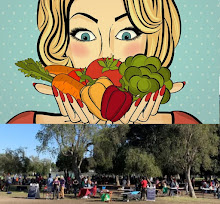









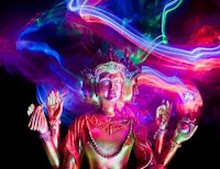









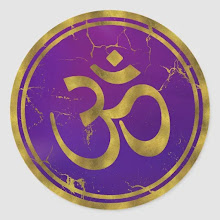





















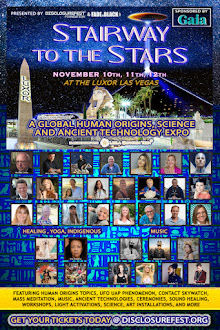
























































































































































No comments:
Post a Comment